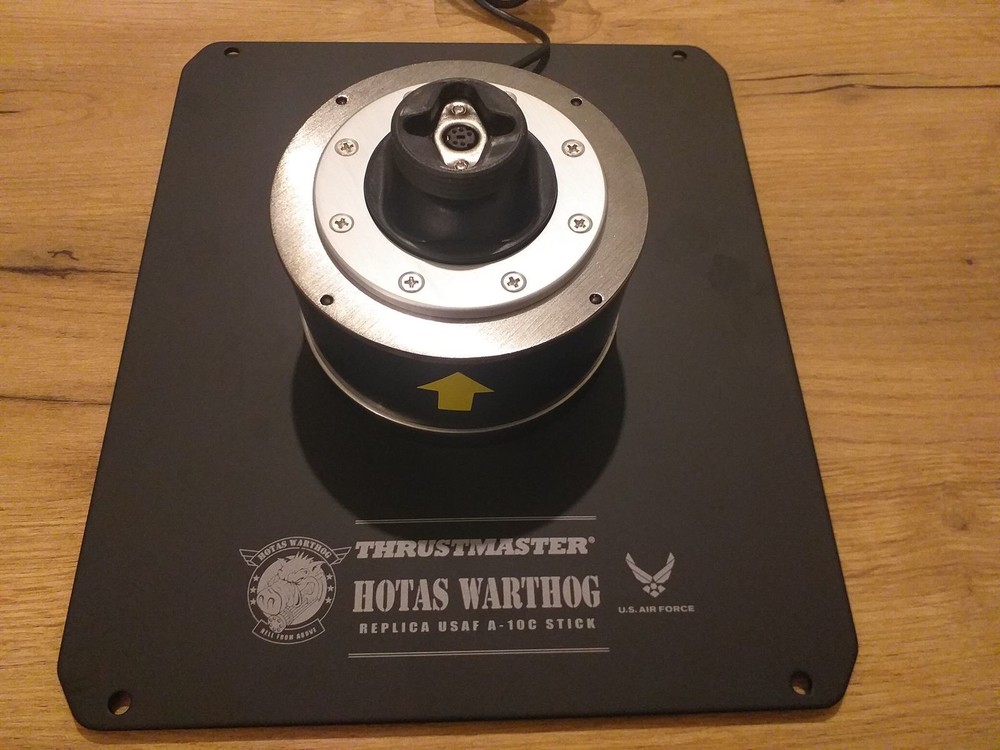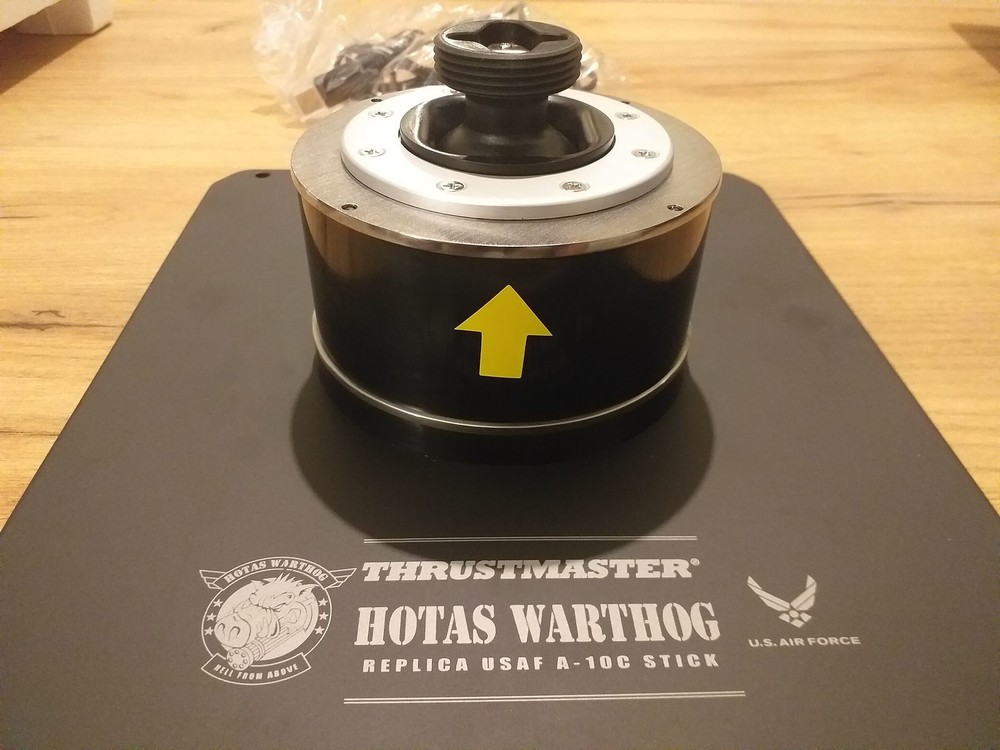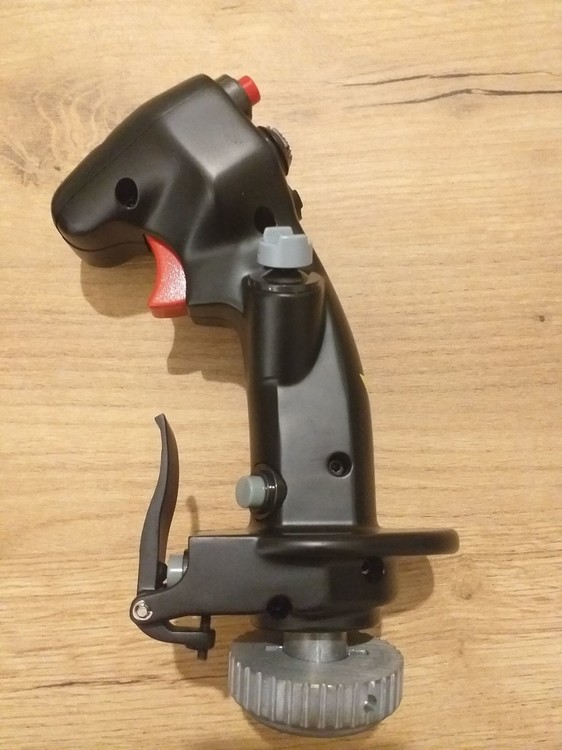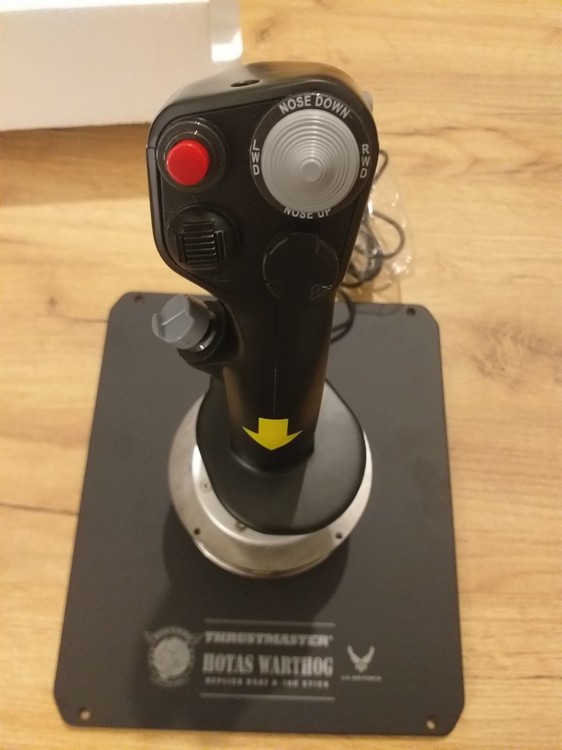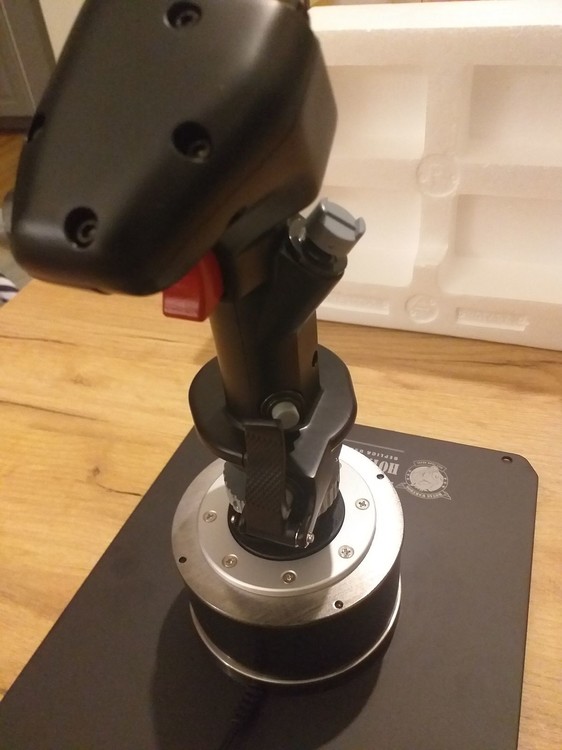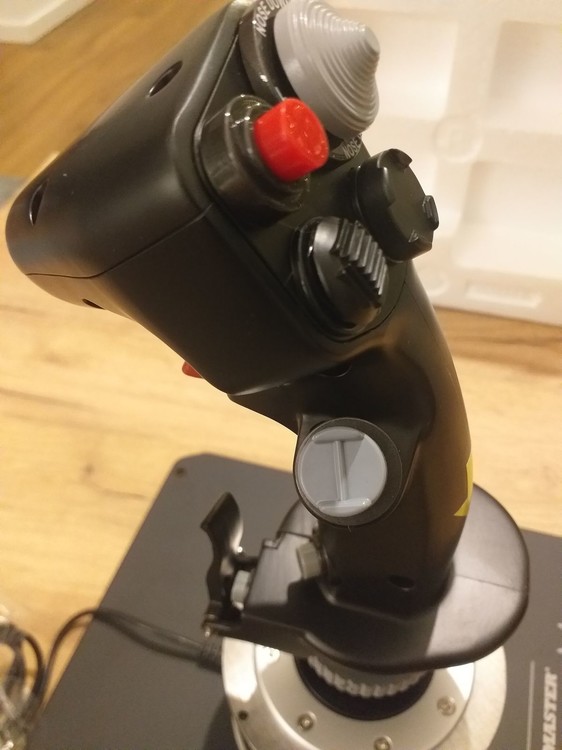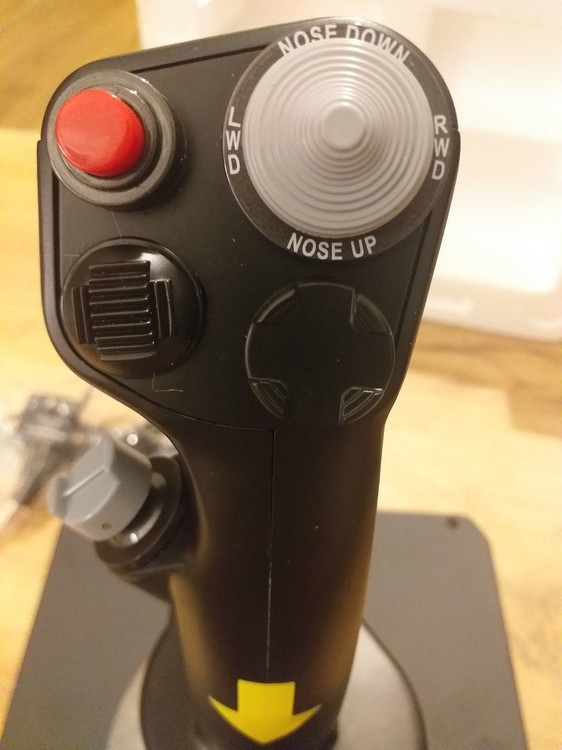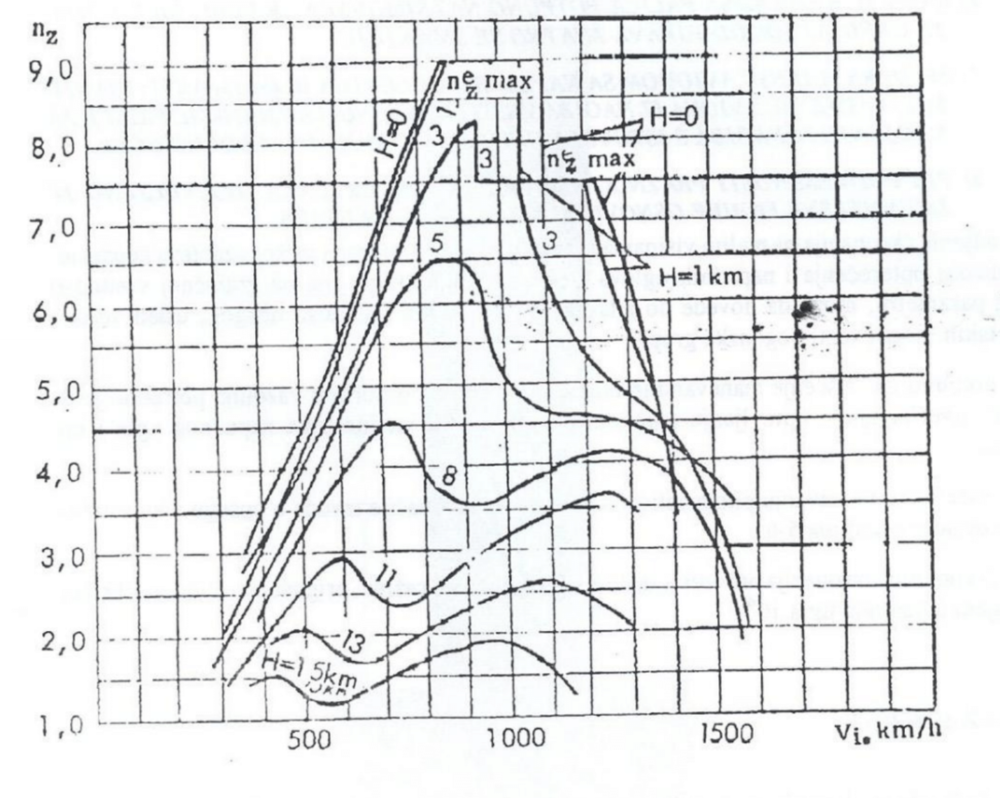-
Posts
835 -
Joined
-
Last visited
Content Type
Profiles
Forums
Events
Everything posted by Cmptohocah
-
@stefasaki's screenshot shows an AMRAAM flying at ~1600km/h at 1000m alt, which roughly correlates to 1.3M. On your AIM-9 chart @nighthawk2174 the missile can pull around 24-28G at that Mach no. Yet his screenshot shows a 120 pulling 35G. Or am I missing something here?
-

investigating Thrust to weight ratio: confused
Cmptohocah replied to bkthunder's topic in MiG-29 for DCS World
MiG's manual has max. allowable value of alpha as 26 degrees. For me this means stall. Mind you this value is only for sub-sonic flight v < 0.8M. For other Mach numbers (trans-sonic and super-sonic) these limits are lower. -
At least yours tracked initially. @okopanja and I did some multiplayer tests and so far preliminary conclusion is: - vs F-16 front aspect shots from below with Archers have much higher rate of failure than when shot from above - regardless of AB and flares We did not, however, manage to replicate those "dud-straight-of-the-rail" shots that are in my TacViews, even after some 10-15 attempts.
-
Isn't CAS compensating for air frame interference with the Pitot tube and TAS compensating for the decrease in air density?
-

investigating Thrust to weight ratio: confused
Cmptohocah replied to bkthunder's topic in MiG-29 for DCS World
I am not sure about the wing loading, but max. sustained turn rate happens when the drag (mostly induced) and available thrust equalize. -

investigating Thrust to weight ratio: confused
Cmptohocah replied to bkthunder's topic in MiG-29 for DCS World
This is simply not true for a two-circle fight. If you are below your max sustained turn rate (let's forget about corner speed for now), the adversary will get its nose on you eventually - it's just geometry. If you trade KNOTS for angles, there is absolutely no reason for the enemy to keep sustained turn rate and they too will trade speed for angles, but now they have more energy then you. Best you can do in this situation is try to force a one-circle fight or an overshoot, but this is not likely to happen with Archers. -

investigating Thrust to weight ratio: confused
Cmptohocah replied to bkthunder's topic in MiG-29 for DCS World
In that case the limiting factor would be the max. AoA, provided that the structural G limit is not lower than the load produced at max. alpha. -

investigating Thrust to weight ratio: confused
Cmptohocah replied to bkthunder's topic in MiG-29 for DCS World
Perfect example of physics right there. At same airspeed (true) and same load all flying objects will have the same turn rate, regardless of their specific characteristics (engines, air frame...). -
I am selling my Thrustmaster Warthog Stick. It's basically new - I have opened the package once to check the feel of the stick and the functionality. I got it as a gift, but I am not really into these kind of flight sticks. Price is: €235,00 €215,00 Shipping (DHL): €5,99 within Germany €15,99 within EU price varies for EEA countries €26,90 UK You get a limited warranty and I accept returns within 15 days. Please note: unfortunately I am not able to ship outside European Union / European Economic Area / UK
-
Real Fulcrum manual mentions true air speed at high altitude as the Vne, truth be told they are using IAS for the low altitude limitation.
-

investigating Thrust to weight ratio: confused
Cmptohocah replied to bkthunder's topic in MiG-29 for DCS World
Yup, Fulcrum has one 1G higher limit (9G) compared to that of a Flanker (8G). Sadly in DCS we have no effects of endlessly pulling high G: you 're not going to be looking around much and flipping switches at 8+ G in a real airplane. -

investigating Thrust to weight ratio: confused
Cmptohocah replied to bkthunder's topic in MiG-29 for DCS World
You can always show them diagrams. Turn rates and turn radii are pure physics, so it's not something I invented - it's just facts -

investigating Thrust to weight ratio: confused
Cmptohocah replied to bkthunder's topic in MiG-29 for DCS World
I don't have any charts for corner speeds for either Flanker nor Fulcrum, but corner speeds are max. Angle of Attack limited and are equal or higher than the max sustained turn speeds, so I would be wiling to bet that the 29's corner speed turn rate is higher to that of the 27. It might as well be possible that the Flanker can pull out more Gs at 330kts, but this is irrelevant as it will produce much lower turn rate as it's well below the sustained TR of the MiG. So yeah, maybe it performs better at that speed, but keep the MiG at it's STR and that advantage is lost. -

investigating Thrust to weight ratio: confused
Cmptohocah replied to bkthunder's topic in MiG-29 for DCS World
Sustained turn rate is a ratio between drag (induced mostly) and thrust. Once these two forces are equalized you get STR. Flanker is limited to 8G, so there's no way it can match the STR of a 29 - it can't pull as much load. MiG-29 is hell of a dog fighter and it was built with this in mind. Please note: in a dogfight corner speed (max instantaneous turn rate) and sustained turn rate, are only advantages in a two-circle fight (2C). In a one-circle fight, the advantage is the turn radius. -

Test flying by chords(!) and not visual cues only
Cmptohocah replied to jonfog's topic in DCS Core Wish List
One of the reasons why US air force does not train dog-fighting in simulators is precisely absence of all the cues that can't be simulated properly on a computer. We are missing most of these cues in our sim also. -

investigating Thrust to weight ratio: confused
Cmptohocah replied to bkthunder's topic in MiG-29 for DCS World
Here's a sustained turn rate for the real 29 (you can calculate turn rate from the speed and the G load): P.S. Max STR at sea level is around 20.5 degrees/s (880km/h @ 9G) -
Yeah I guess that makes sense. It looks like a case of old vs new technology.
-
I don't think the Flanker's modeled that well. But since I have never flown one IRL, I can't really make comparisons. One thing that strikes me is that it's completely unstable airplane which is supposed to be FBW. You trim it for a straight and level flight, let go of the controls and it will sooner, rather than latter, either start climbing or descending on its own. Not to mention that a trimmed airplane is supposed to always tend to return to it's trimmed state, which our Flanker definitely does not do.
-
Would that imply that it should have better range but worse relative turning performance? I am trying to figure out, is it like comparing MiG-21 to a MiG-29 (totally different technologies) or a MiG-29 to a MiG-31 (different concepts)?
-
Does anyone here have any idea what's the difference between AMRAAM's short wings and Alamo's (relatively) huge wings, when it comes to performance? Is it a case of different technology/knowledge at their respective times of development, or are there some design tradeoffs at play here?
-
From my short research: max Mach no. is usually limited by the canopy so I am not sure how this would be modeled max TAS is a structural limit and this is where it would be nice to see some mechanical failures I agree, it's a bit difficult to pin-point what exactly for each airframe, but some random mechanical failure would be enough to keep people from exploiting this. I would imagine it being probability based, like: chances for a failure are low when you exceed the Vne just a bit, but they grow as you dive deeper into the over-speed condition. Especially if you add some Gs to it. I guess what I am trying to say is: it doesn't really matter if the effect is ultra-realistic as long as it prevents people flying with the left hand all the way forward and the right hand all the way back at the same time and without any consequences.





